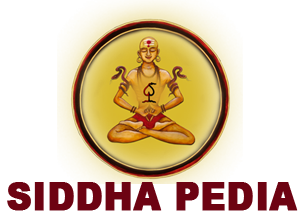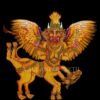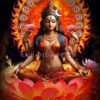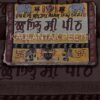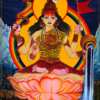SAMBHALA
In the Siddha Dharma Tradition, Sambhala is regarded as a mystical and sacred kingdom. It is mentioned in the Ganai Bharta of Swachhanda Bhairav, Hindu Puranas, and the Sambhala Pravesh Tantra manuscript. The Sanskrit term ‘Sambhala’ is derived from two words: ‘Sam’ meaning equal, and ‘bhal,’ meaning forehead, symbolizing wisdom, knowledge, dharma, enlightenment, and free
